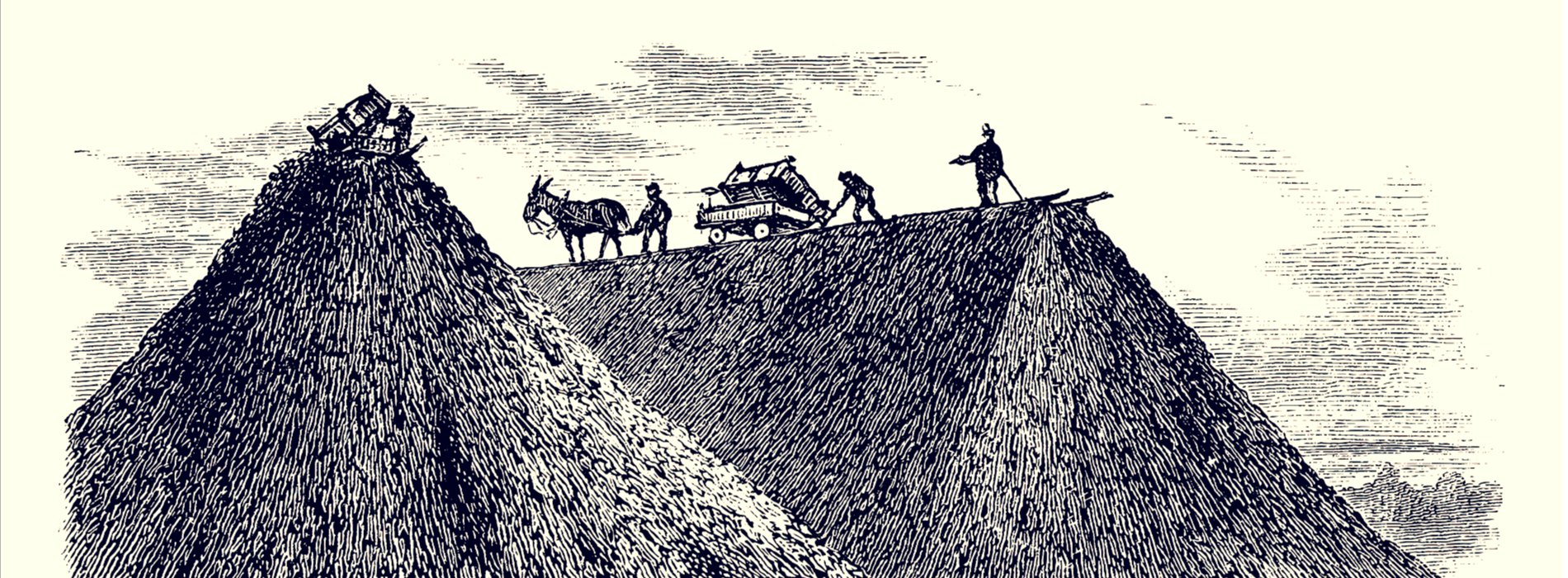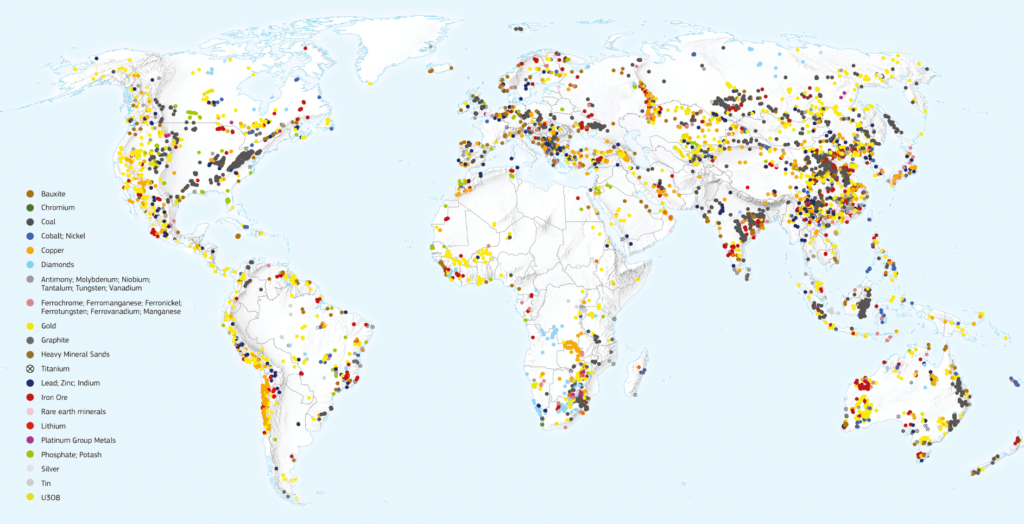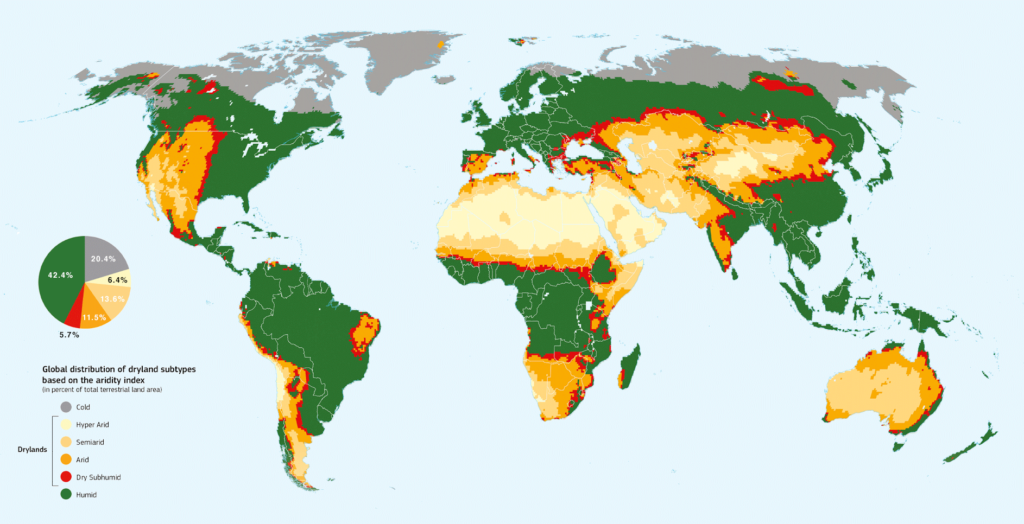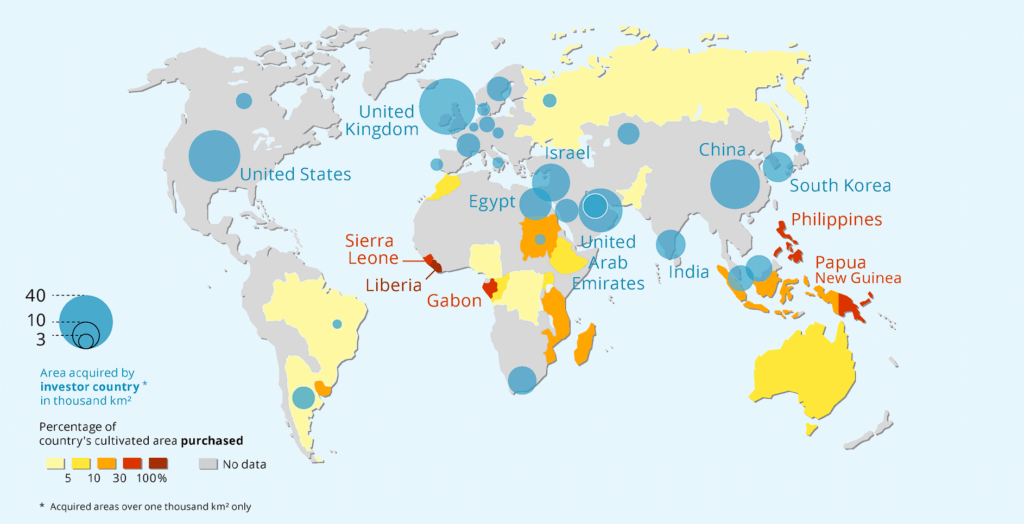Abandoned Mines: The Scars of the Past
Approximately two billion tonnes of metal are consumed each year worldwide. Per day, this corresponds to 500 Eiffel Towers. The geological mutilation, resulting from this cycle of mines that are born, live and, once depleted, die, leaves gigantic scars on the Earth’s crust. Who is dealing with them and how? How effectively? And, above all, what is the impact on our societies? By affecting the soil, air and water, mines alter the ecosystems themselves, and thus, in turn, human habitats and health.
Mines blight landscapes, destroy arable and cultivable land, and, if they collapse, cause sinkholes. They contaminate the surrounding soil, water tables and rivers with heavy metals and other toxic products such as mercury, arsenic, fluorine, sulfuric acid and selenium. Most modern mining techniques also require the use of large quantities of water, competing with other uses of water. Finally, mining, and coal mining in particular, emits air pollutants – sulphur dioxide and carbon monoxide, amongst others – which affect human health, as well as substantial amounts of methane, accelerating global warming.
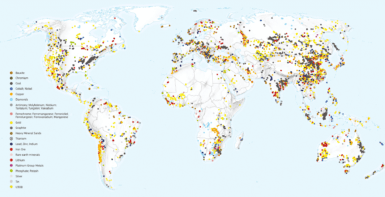
Much has been said and written about the social and environmental consequences of mining. Humans have been digging in the ground to extract minerals or other substances since Neolithic times and the economies of all major civilisations have been based in part on the extraction of flint, obsidian, salt, jade, iron, copper, silver, gold and precious stones.It is impossible to calculate the number of abandoned or orphaned mines, but there are certainly several million A change of scale occurred during the Industrial Revolution, some 300 years ago. Since then, all accessible and profitable resources in the Earth’s crust have been exploited, from small-scale mines to huge open-pit mines, with considerable impact on the landscape and the environment. Ecological disasters caused by mining are regularly in the headlines. What is less well-known is what happens when a mine closes. The social consequences can be dramatic, for example during the wave of European coal mine closures at the end of the 20th century. But what about the environmental consequences?
For a few “recycled” mines…
The best-studied cases of mine closures are former coal mines in Europe and in the Appalachians.
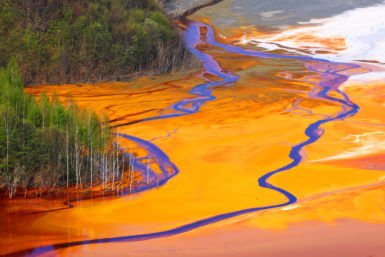
These mines release “firedamp” (essentially methane), sometimes exploited as a hydrocarbon, and can collapse or contaminate groundwater long after their closure. Often abandoned once closed, and sometimes giving rise to famous “ghost towns”, some abandoned mines are restarted when the price of their mineral rises, or renovated and transformed into tourist attractions, museums, or even swimming spots or parks. But this is only the case for a small number of them, typically those which are closest to urban settlements, are not too toxic and have received public or private financing. What about the others? Most of the time they are simply abandoned and continue to pose problems for human and environmental security. How many of them are there? What is done about this issue, and who is responsible?
… millions of others are abandoned
It is impossible to calculate the number of abandoned or orphaned mines, but there are certainly several million. In Australia, it is estimated that there are at least 50,000 of them; in the USA, more than 550,000 have been identified, including over 100,000 that pose a serious environmental risk; in Canada, more than 10,000 are known. But for most countries, there is no available data. Old mines are not necessarily reported, in particular small mines and those far from urban centres. When they do exist, inventories are imprecise, sometimes intentionally so. Some abandoned mines are only discovered when a person has an accident there.
The conundrum of responsibility
Today, in principle, responsibility for mines once they close is included in the operating license. In the past, this issue was often left vague and the profits were typically extracted without taking the future environmental consequences into account. Today, however, there are in practice several mechanisms for managing old mines, even if the relevant laws are not necessarily up-to-date – in certain countries, the mining code simply does not include regulations on this issue. On public lands, the state may bear full responsibility for closed mines, through its regular budget or through a special tax on mining. Countries such as Germany, the United States, the United Kingdom and Belgium have set up specialised entities or funds for this purpose. On private lands, the owners have responsibility, unless they have taken out insurance or receive state aid.
Moreover, the period during which the operator of a mine is responsible for the consequences of the mine’s activity varies from country to country. The bankruptcy or takeover of certain companies entails legal complications that are sometimes insoluble, such that here, too, it is the state that assumes responsibility for the long-term damage – and the billions of dollars and highly complex operations that result.
Another delicate issue is the responsibility for the chemical pollution caused by mining and its impact on water, including water tables, soil, fauna and flora. In several countries, a substantial proportion of the rivers and water tables have been contaminated by mining. Yet some states do not have the desire or capacity to control this pollution. Mining companies may also be or have been closely linked to the state or to the ruling class and “exempt” from observing certain laws, leading to dramatic consequences for local communities and multiple social conflicts each year.
There are, however, known solutions
In conclusion, the issue of mining’s negative impact on the environment is generally ignored and underestimated, and the response by the sector’s main players remains fragmented and entirely inadequate, despite the fact that there are known solutions. These include managing mining waste on-site (soil, water and air), regulation of this waste management, closure of illegal mines and – once mining has stopped – backfilling mines, cleaning and rehabilitating the surrounding land, rivers and forests, and neutralising soil acidity through the use of calcium products to encourage vegetation regrowth. These environmental standards must be implemented at a global level, including by major mining producers such as Russia and China and by developing countries. Most of the time, simply applying existing laws would be sufficient – but this is often easier said than done.
Global extraction of natural resources from ecosystems and mines
Source: European Environment Agency, “Global extraction of natural resources from ecosystems and mines, 1980 to 2005/2007”, https://www.eea.europa.eu/data-and-maps/figures/global-extraction-of-natural-resources (accessed 8 November 2019).
Global resource extraction compared to GDP and population growth
Source: European Environment Agency, “Global extraction of natural resources from ecosystems and mines, 1980 to 2005/2007”, https://www.eea.europa.eu/data-and-maps/figures/global-extraction-of-natural-resources (accessed 8 November 2019).
Land degradation | Key terms
Like many common words, the word soil has several meanings. In its traditional meaning, soil is the natural medium for the growth of plants. Soil has also been defined as a natural body consisting of layers (soil horizons) that are composed of weathered mineral materials, organic material, air and water. Soil is the end product of the combined influence of climate, topography and organisms (flora, fauna and human) on parent materials (original rocks and minerals) over time. As a result, soil differs from its parent material in texture, structure, consistency, color, chemical, biological and physical characteristics. Soil is an essential component of land and eco-systems, which both are broader concepts encompassing vegetation, water and climate in the case of land, and in addition to those three aspects, also social and economic considerations in the case of ecosystems.
The word soil is also known as dirt, waste or earth.
Soil erosion is a common term that is often confused with soil degradation as a whole, but in fact refers only to absolute soil losses in terms of topsoil and nutrients. This is indeed the most visible effect of soil degradation, but it does not cover all of its aspects. Soil erosion is a natural process in mountainous areas, but is often made much worse by poor management practices.
Land degradation has a wider scope than both soil erosion and soil degradation in that it covers all negative changes in the capacity of the ecosystem to provide goods and services (including biological and water-related goods and services, and, in the vision of LADA – Land Degradation Assessment in Dryland – also land-related social and economic goods and services).
Desertification is another common term used for (a) land degradation in dryland areas and/or (b) the irreversible change of the land to such a state it can no longer be recovered for its original use.
Mitigation is intervention intended to reduce ongoing degradation. This comes in at a stage when degradation has already begun. The main aim is to halt further degradation and to start improving resources and their functions. Mitigation impacts tend to be noticeable in the short-to-medium term: this then provides a strong incentive for further efforts. The word mitigation is also sometimes used to describe the reductions of impacts of degradation.
Rehabilitation is required when the land is already degraded to such an extent that the original use is no longer possible and the land has become practically unproductive. Longer-term and often more costly investments are needed to show any impact.
Land degradation neutrality describes the state whereby the amount and quality of land resources, necessary to support ecosystem functions and services and enhance food security, remains stable or increases within specified temporal and spatial scales and ecosystems (source: UNCDD).
The term grabbing was adopted because of the lack of transparency in the set-up of land deals, their dubious legitimacy vis-à-vis communities who until then used these areas, and the dispossession the latter suffered once the deals were implemented. Estimates vary from 20 to 45 million hectares transacted between 2005 and 2010; the most recent estimates are around 30 million hectares in 78 countries. Actually, the calculation of grabbed areas has proven extremely challenging. Information is rarely disclosed given the controversial nature and the lack of legitimacy of those deals. Moreover, land grabs include not only transnational large-scale ones but also a broad range of national and local medium- and small-size land acquisitions that are hard to quantify.
Source (except for “land degradation neutrality” and “land grabbing”: © FAO, “FAO Soils Portal”, accessed 8 November 2019, http://www.fao.org/soils-portal/about/all-definitions/en/.
Breakdown of the Global, Ice-Free Land Surface (130 million km2)
Source: IPCC, Climate Change and Land (August 2019), 4.
